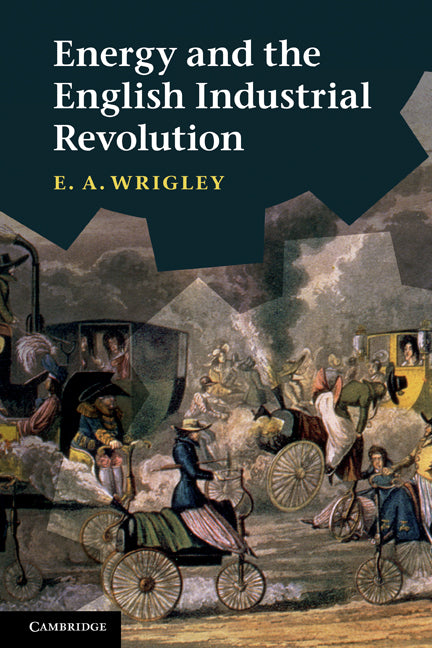Freshly Printed - allow 8 days lead
Couldn't load pickup availability
Energy and the English Industrial Revolution
This book explains how new sources of energy increased productivity, thereby transforming industry and changing England permanently and fundamentally.
E. A. Wrigley (Author)
9780521131858, Cambridge University Press
Paperback, published 19 August 2010
288 pages, 10 b/w illus. 1 map
22.8 x 15.3 x 1.4 cm, 0.47 kg
'… an often brilliant and always perceptive presentation of some of the key conclusions from every decade of his half-century of academic research to date.' Michael Anderson, Population Studies
The industrial revolution transformed the productive power of societies. It did so by vastly increasing the individual productivity, thus delivering whole populations from poverty. In this new account by one of the world's acknowledged authorities the central issue is not simply how the revolution began but still more why it did not quickly end. The answer lay in the use of a new source of energy. Pre-industrial societies had access only to very limited energy supplies. As long as mechanical energy came principally from human or animal muscle and heat energy from wood, the maximum attainable level of productivity was bound to be low. Exploitation of a new source of energy in the form of coal provided an escape route from the constraints of an organic economy but also brought novel dangers. Since this happened first in England, its experience has a special fascination, though other countries rapidly followed suit.
List of figures
List of tables
Acknowledgements
Introduction
Part I. A Sketch of the Argument: 1. The limits to growth in organic economies
2. The transition from an organic to an energy-rich economy
Part II. Favourable Developments: 3. Agricultural change and urbanisation
4. Energy and transport
5. Occupational structure, aggregate income, and migration
6. Production and reproduction
Part III. What Set England Apart from her Neighbours: 7. The timing and nature of change in the industrial revolution
8. Modernisation and the industrial revolution
Part IV. Retrospective: 9. The industrial revolution and energy
Appendix 1. Fuller versions of three tables printed in the main text
Bibliography
Index.
Subject Areas: Economic history [KCZ], Modern history to 20th century: c 1700 to c 1900 [HBLL], British & Irish history [HBJD1]


